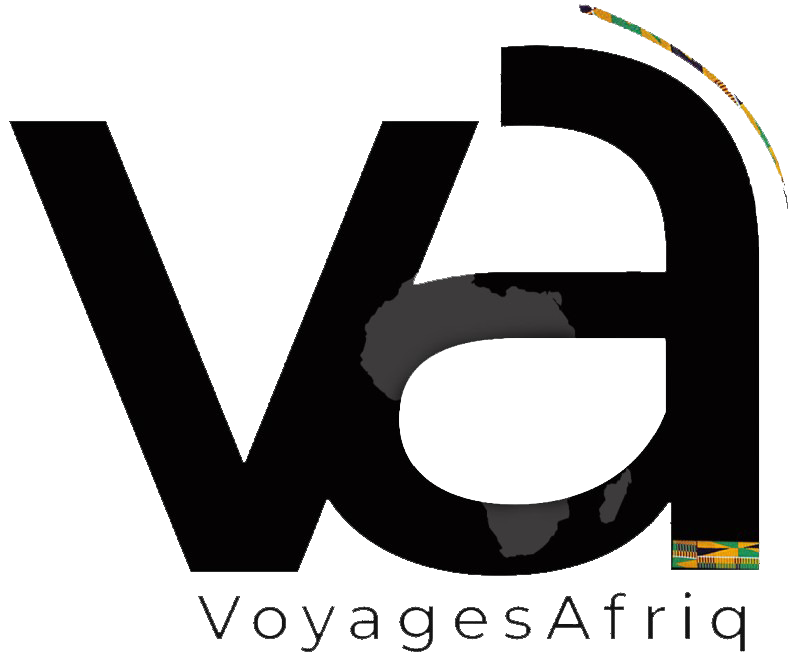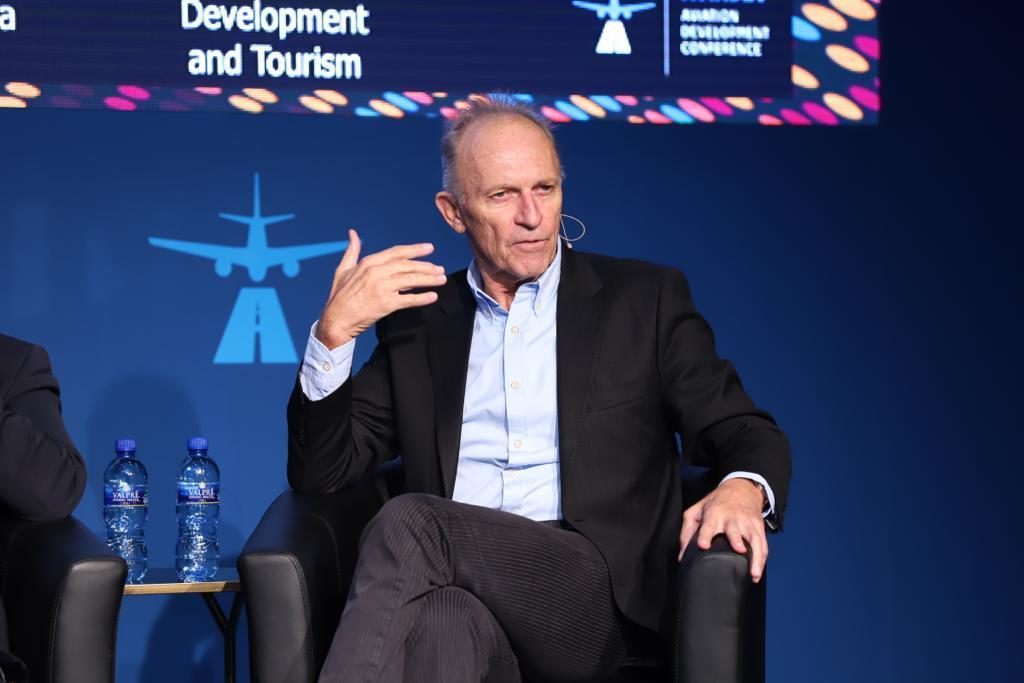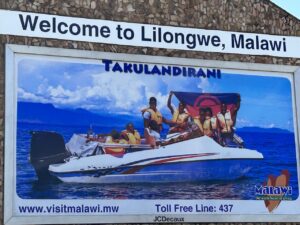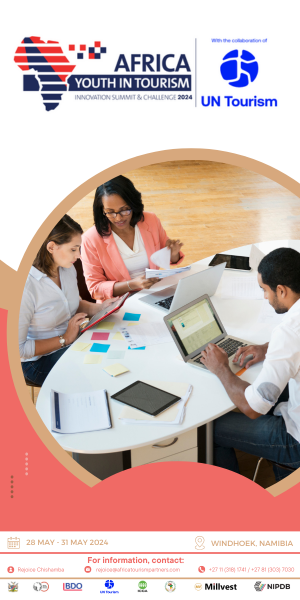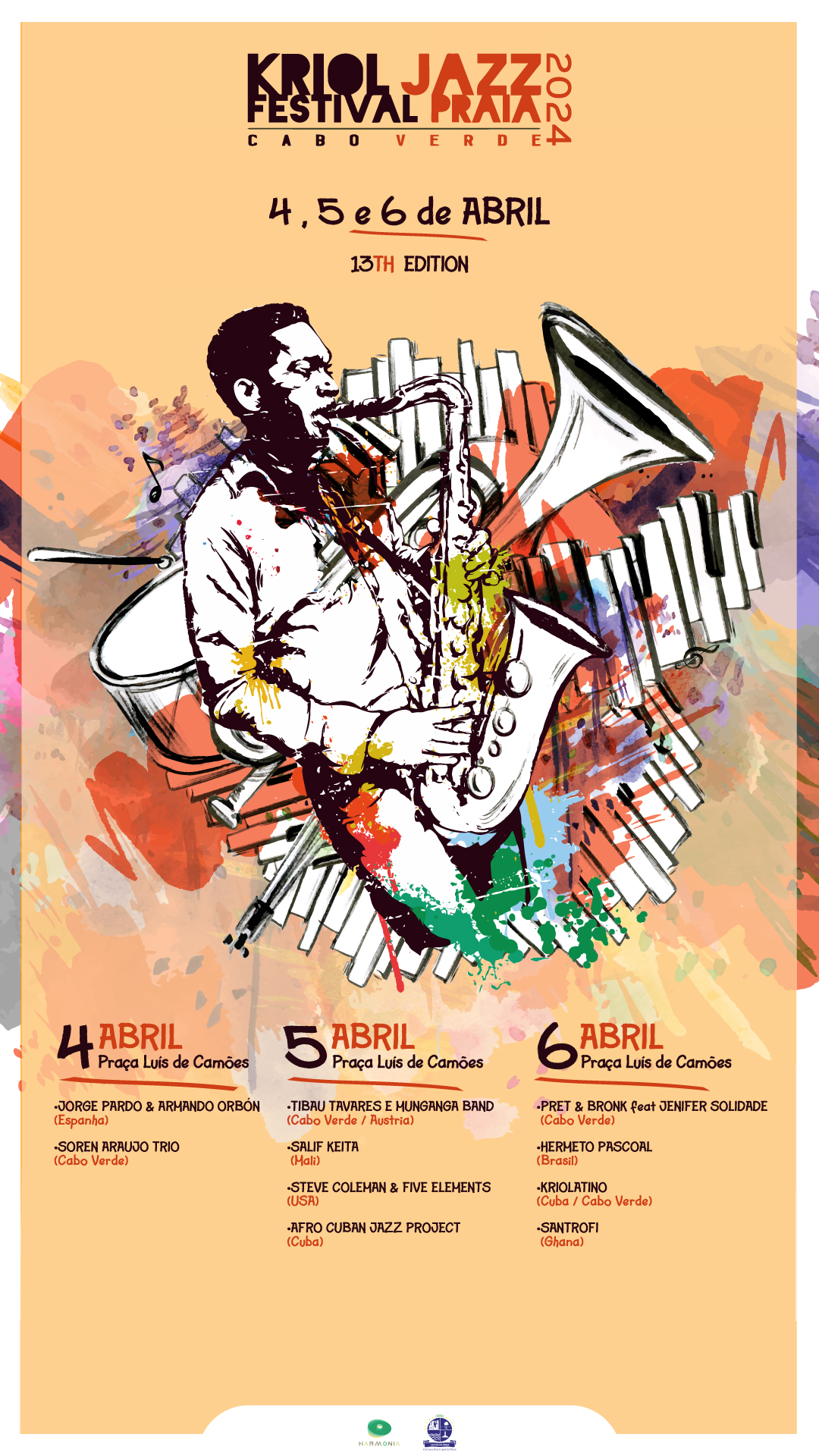Africa is 30.2 million km2 in size and home to 15% of the world’s population, an estimated 1.2 billion people in 2019. Sub-Saharan Africa is the youngest region in the world with a median age of 19.5 compared to 38 in the US, 43 in the EU and 47 in Japan. It is estimated that 20 million young people will be joining the workforce every year for the next three decades (Africa Center for Economic Transformation).
Against the aspirations of the African Union’s Agenda 2063 (a plan for transformation that aims for a peaceful, integrated and prosperous continent by 2063), Africa’s tourism competitiveness is increasing as destinations scale up their development agendas specifically into the business events sector.
Africa is under-performing in world business events arrivals recording only 3% of international association meetings in 2018, and 6% of international organization and association meetings according to ICCA and UIA respectively. This is supported by Events Industry Council that records only 5.3% of global business events participants and 2.2% of global direct spend in Africa in 2017.
Liberalizing air transport and further relaxation of visa rules, easier currency convertibility, Afro-optimism and business events infrastructure development outside of South Africa is mushrooming. World-class convention centers and global branded hotels with meeting capabilities are fast appearing on skylines in Kampala, Nairobi, Kigali, Addis Ababa and beyond. Africa’s middle class is expanding most rapidly which is drawing interest from manufacturers of consumer goods where a strong buyer and seller market is a key demand driver for exhibitions.
What has been missing in Africa is a comprehension of the technicalities required by Convention Bureaus as brokers of innovation to deliver the economic value and institutional legacies of business events. Our top trend for 2020 is the rise of East Africa as the next market-ready region for meetings, incentives, conferences, events and exhibitions (MICE). Kigali was ranked the #2 city in Africa by ICCA 2018, Uganda launched its National Convention Bureau in 2018 whilst Kenya, and Ethiopia are ones to watch in 2020 as they formalize their MICE strategies and scale up their National Convention Bureaus. On the back of the growth in Convention Bureaus, above average demand for meetings and events in Africa will grow.
As an industry, the focus is on the economic, social and environmental legacy benefits of business events. This must be extended to include enhancing skills development in Africa’s bright young graduates. Knowledge must be purposefully dispersed to ensure that the MICE sector helps meet the future professional development aspirations of our youth. Global meeting and incentive buyers must be encouraged through harder working messaging to step outside their comfort zones and explore new experiences awaiting their delegates in Africa.
“If there is one thing we are sure about; it is that Africa can achieve the future it aspires to. Let’s shine the light on Africa as the best choice for that next meeting … together driving social change, creating a lasting legacy and growing job opportunities for our talented future leaders,” Rick Taylor
About the Author
The Business Tourism Company is an international African-based consultancy. Rick Taylor is the strategic architect of five Convention Bureaus’ in Africa and more than 70 diverse tourism projects across South Africa, Namibia, Rwanda, Tanzania, Ethiopia, Uganda, Cameroon, Zambia, Togo and the Middle East – among others internationally. Colette Taylor brings technical skills in marketing, event organisation and product development to TBTC.
